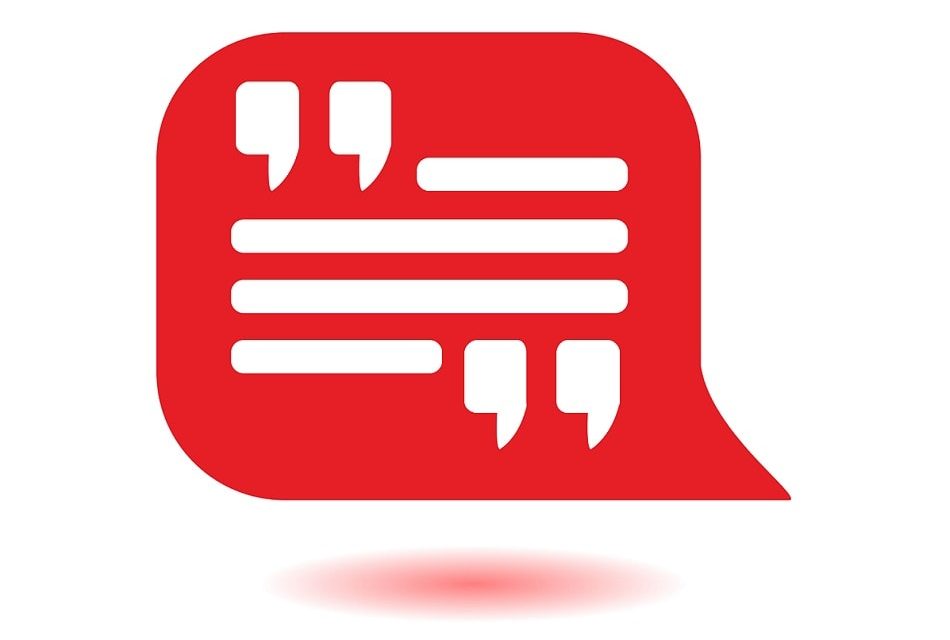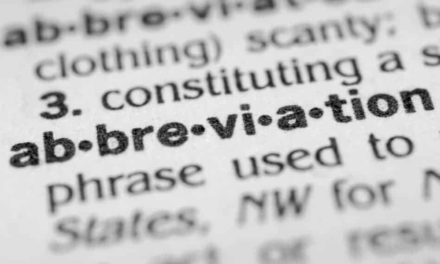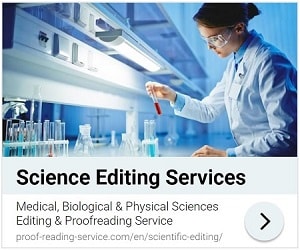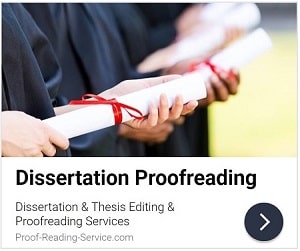Introduction
Citing industry standards in research papers, technical reports, and academic writing is essential for ensuring credibility, accuracy, and compliance with best practices. Standards like ISO (International Organization for Standardization), ANSI (American National Standards Institute), and CFR (Code of Federal Regulations) provide authoritative references for technical specifications, safety regulations, and compliance guidelines.
However, citing these standards correctly can be confusing, as different citation styles (APA, Chicago, IEEE, and others) have specific formats for referencing industry standards. This guide will explain how to properly cite ISO, ANSI, CFR, and other standards using different citation styles and provide examples for each.
1. Understanding Industry Standards
Industry standards are formalized guidelines that ensure consistency, safety, and compatibility across industries. Some of the most commonly referenced standards include:
1.1. ISO (International Organization for Standardization)
ISO develops global standards covering areas like quality management, information security, and environmental regulations.
Example Standard:
- ISO 9001:2015 – Quality Management Systems
1.2. ANSI (American National Standards Institute)
ANSI oversees standards development in the U.S. and accredits organizations to ensure industry-wide consistency.
Example Standard:
- ANSI Z535.4-2011 – Product Safety Signs and Labels
1.3. CFR (Code of Federal Regulations)
CFR contains federal rules and regulations in the U.S., categorized into titles covering different sectors like environment, labor, and healthcare.
Example Standard:
- 21 CFR 820 – FDA’s Quality System Regulation for Medical Devices
1.4. Other Industry Standards
- IEEE (Institute of Electrical and Electronics Engineers) Standards
- ASTM (American Society for Testing and Materials) Standards
- NFPA (National Fire Protection Association) Standards
Understanding these standards and their citation requirements ensures proper attribution, regulatory compliance, and accurate referencing in technical writing.
2. How to Cite Industry Standards in Different Citation Styles
Each citation style (APA, Chicago, IEEE, Harvard, and MLA) has specific formatting rules for referencing industry standards. Below are examples for citing ISO, ANSI, and CFR using different styles.
2.1. Citing Standards in APA (American Psychological Association) Style
General Format:
Organization Name. (Year). Title of the Standard (Standard Number). Publisher.
Examples:
- ISO Standard:
International Organization for Standardization. (2015). Quality management systems – Requirements (ISO 9001:2015). ISO.
- ANSI Standard:
American National Standards Institute. (2011). Product safety signs and labels (ANSI Z535.4-2011). ANSI.
- CFR Regulation:
U.S. Government Printing Office. (2021). Code of Federal Regulations: Title 21 – Food and Drugs (21 CFR 820). GPO.
2.2. Citing Standards in Chicago Style (Author-Date and Notes & Bibliography)
General Format (Author-Date):
Organization Name. Year. Title of the Standard. Standard Number. Publisher.
General Format (Notes & Bibliography):
Organization Name. Title of the Standard. Standard Number. Year. Publisher.
Examples:
- ISO Standard (Author-Date):
International Organization for Standardization. 2015. Quality management systems – Requirements. ISO 9001:2015. ISO.
- ANSI Standard (Notes & Bibliography):
American National Standards Institute. Product safety signs and labels. ANSI Z535.4-2011. 2011. ANSI.
- CFR Regulation (Author-Date):
U.S. Government Printing Office. 2021. Code of Federal Regulations: Title 21 – Food and Drugs. 21 CFR 820. GPO.
2.3. Citing Standards in IEEE (Institute of Electrical and Electronics Engineers) Style
General Format:
[#] Organization Name, Title of the Standard, Standard Number, Year.
Examples:
- ISO Standard:
[1] International Organization for Standardization, Quality management systems – Requirements, ISO 9001:2015, 2015.
- ANSI Standard:
[2] American National Standards Institute, Product safety signs and labels, ANSI Z535.4-2011, 2011.
- CFR Regulation:
[3] U.S. Government Printing Office, Code of Federal Regulations: Title 21 – Food and Drugs, 21 CFR 820, 2021.
2.4. Citing Standards in Harvard Style
General Format:
Organization Name (Year) Title of the Standard, Standard Number, Publisher.
Examples:
- ISO Standard:
International Organization for Standardization (2015) Quality management systems – Requirements, ISO 9001:2015, ISO.
- ANSI Standard:
American National Standards Institute (2011) Product safety signs and labels, ANSI Z535.4-2011, ANSI.
- CFR Regulation:
U.S. Government Printing Office (2021) Code of Federal Regulations: Title 21 – Food and Drugs, 21 CFR 820, GPO.
2.5. Citing Standards in MLA (Modern Language Association) Style
General Format:
Organization Name. Title of the Standard. Standard Number. Year. Publisher.
Examples:
- ISO Standard:
International Organization for Standardization. Quality management systems – Requirements. ISO 9001:2015. 2015. ISO.
- ANSI Standard:
American National Standards Institute. Product safety signs and labels. ANSI Z535.4-2011. 2011. ANSI.
- CFR Regulation:
U.S. Government Printing Office. Code of Federal Regulations: Title 21 – Food and Drugs. 21 CFR 820. 2021. GPO.
3. Best Practices for Citing Industry Standards
3.1. Follow the Journal or Institution’s Citation Guidelines
- Different publishers and universities may have unique requirements for citing industry standards.
- Always check the journal’s author guidelines before submission.
3.2. Use Official Sources
- Always cite standards from official sources like:
- ISO (www.iso.org)
- ANSI (www.ansi.org)
- CFR (www.ecfr.gov or the U.S. Government Publishing Office)
3.3. Maintain Consistency in Formatting
- Ensure all references follow the same citation style throughout your paper.
- Avoid mixing IEEE and APA formats in the same bibliography.
3.4. Double-Check for Accuracy
- Verify that the standard number, year, and publisher are correct.
- Some standards are updated periodically, so ensure you reference the correct edition.
Conclusion
Citing ISO, ANSI, CFR, and other industry standards properly is crucial for maintaining academic credibility and research accuracy. By following the citation guidelines for APA, Chicago, IEEE, Harvard, and MLA, researchers can ensure their references are clear, consistent, and professional.
By applying best practices and using official sources, you can improve the quality and reliability of your academic work while ensuring compliance with industry standards.
You might be interested in Services offered by Proof-Reading-Service.com
Journal Editing
Journal article editing services
PhD Thesis Editing
PhD thesis editing services
Expert Editing
Expert editing for all papers
Medical Editing
Medical Editing Services
Research Editing
Research paper editing services
Book Editing
Professional book editing services














